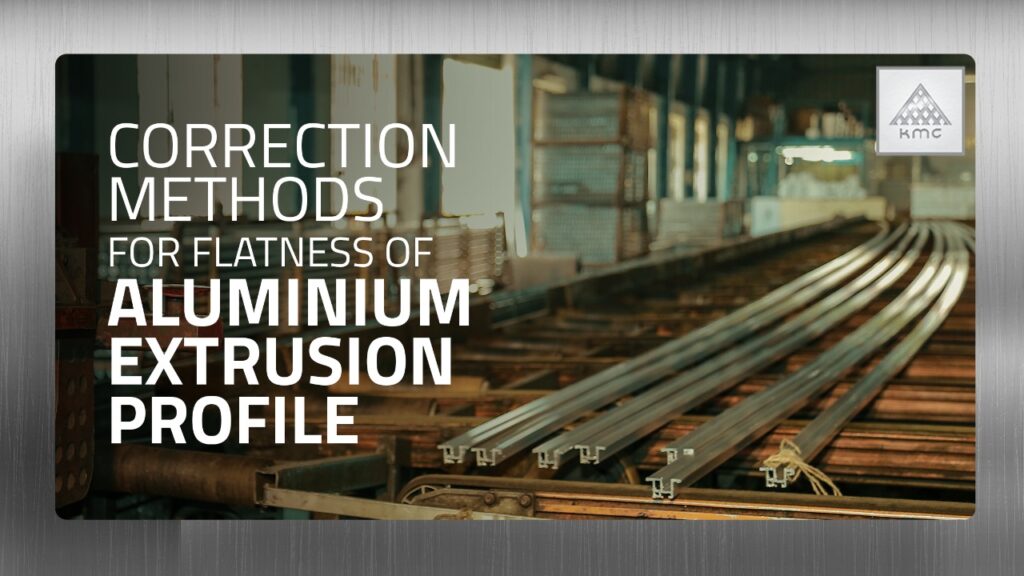Correction Methods for Flatness of Aluminium Extrusion Profile
When the aluminium material is pushed through a die and it comes out in the same shape as the die, this is called extrusion. Aluminium can be extruded in different shapes such as
Solid (like an ingot)
Hollow (like an aluminium tube)
Semi-hollow (like rivets)
Depending on the shape of the die and the requirement of the extrusion, the thickness of aluminium material is determined. Generally, there are multitudes of factors that can impact the quality of an aluminium product and flatness is one of them. To understand how the flatness issues can be rectified, we need to look into the flatness tolerance ranges. Flatness tolerance is simply the measurement range within which the aluminium material needs to fit to qualify as flat.
Flatness tolerances vary for solid, semi-hollow, and hollow shapes. It can be determined based on the minimum thickness adn the width of the surface (excluding the radius of the material extruded). Aluminium is one of the most versatile metals that are pliable based on its purity and hence, correcting the issue of flatness of an aluminium extrusion profile is easier.
1) Repair the existing die
One of the most direct ways to fix the flatness issue of the aluminium profiles is to fix the die used.
Although this can seem like a simple solution, it can be a laborious process as it requires entire die batch to be extruded again to fit the required level of flatness. In addition, this can be a time-consuming process at an industrial level.
A big plus, is that the new batches of aluminium profiles will have consistent flatness.
2) Pure tension levellers
Use of a leveler is best when the extruded aluminium product can be stretched like a sheet.
It is effective in controlling the flatness of the aluminium profile depending on the maleablity of the metal itself.
At an industrial scale, these levellers are suitable while generating aluminium sheets with set thickness and width.
3) Offline roller shape correction machines
Often shape and flatness go hand-in-hand for the aluminium profiles. So, the use of offline shape roller correction machines essentially can save time and improve quality.
In these machines, the height and rollers are fixed to match the requirement and then the extruded aluminium profiles can be run through them.
This reduces the wastage of incorrect aluminium profiles.
4) Online correction of profile
In this method, an additional bearing and roller set is added to the final shape and flatness requirement of the extrusion profile.
Thus, while the aluminium profiles are mass-produced, this addition set acts as a checkpoint to adjust the surface and flatness.
This method is time-consuming and can reduce wastage.
Conclusion:
Overall, the flatness of an aluminium profile extruded via die depends on the requirement and the allowed flatness tolerance.
Hence, choosing the most viable option, which is cost-effective, time-saving, and industry-friendly matters.
KMC aluminium is one of the top aluminium extrusion profile manufacturers and can be considered the best aluminium company in Chennai that has a sophisticated aluminium extrusion process and is one of the biggest aluminium profile suppliers to the most prestigious projects across the country. It has also built the reputation of being on the top list of aluminium extrusion companies in India and of the top aluminium extrusion manufacturers in India.



Recent Comments